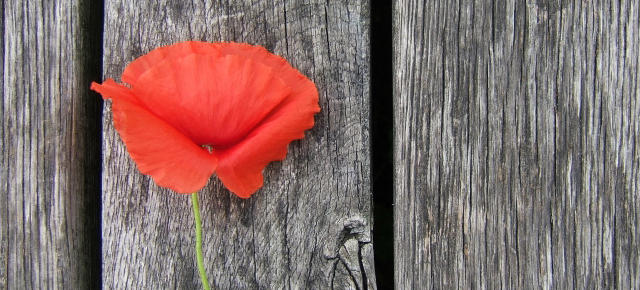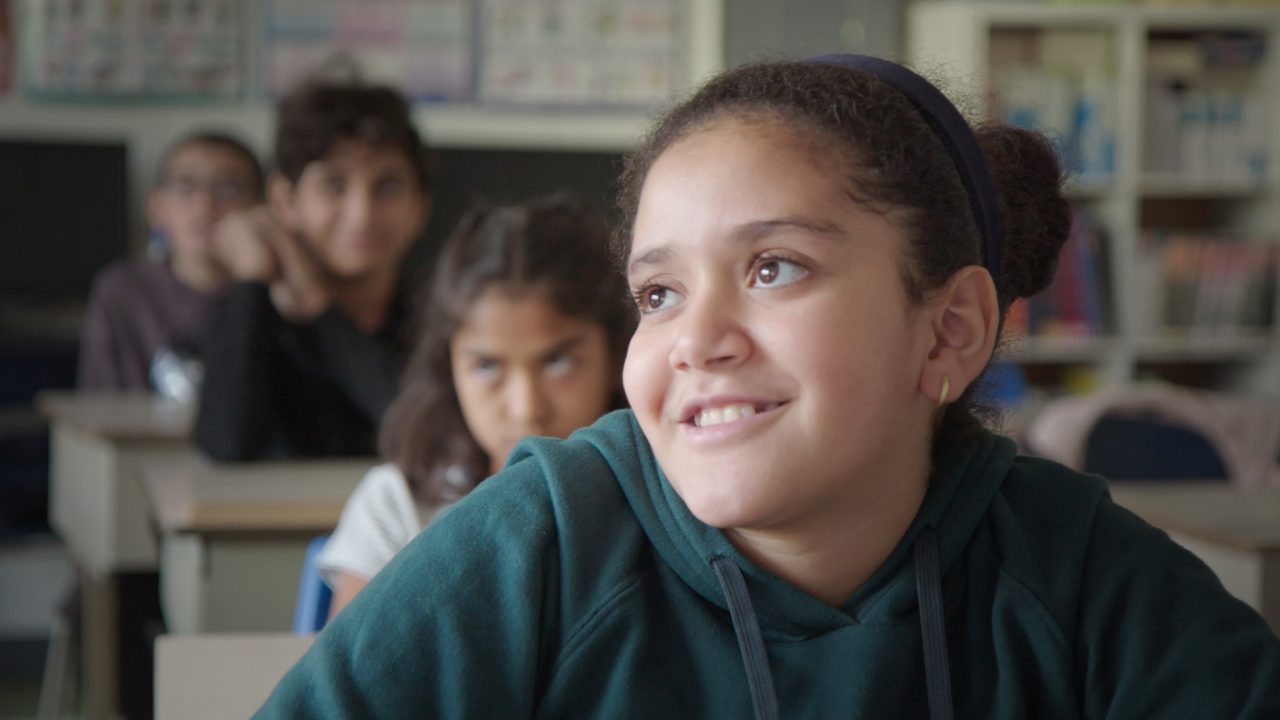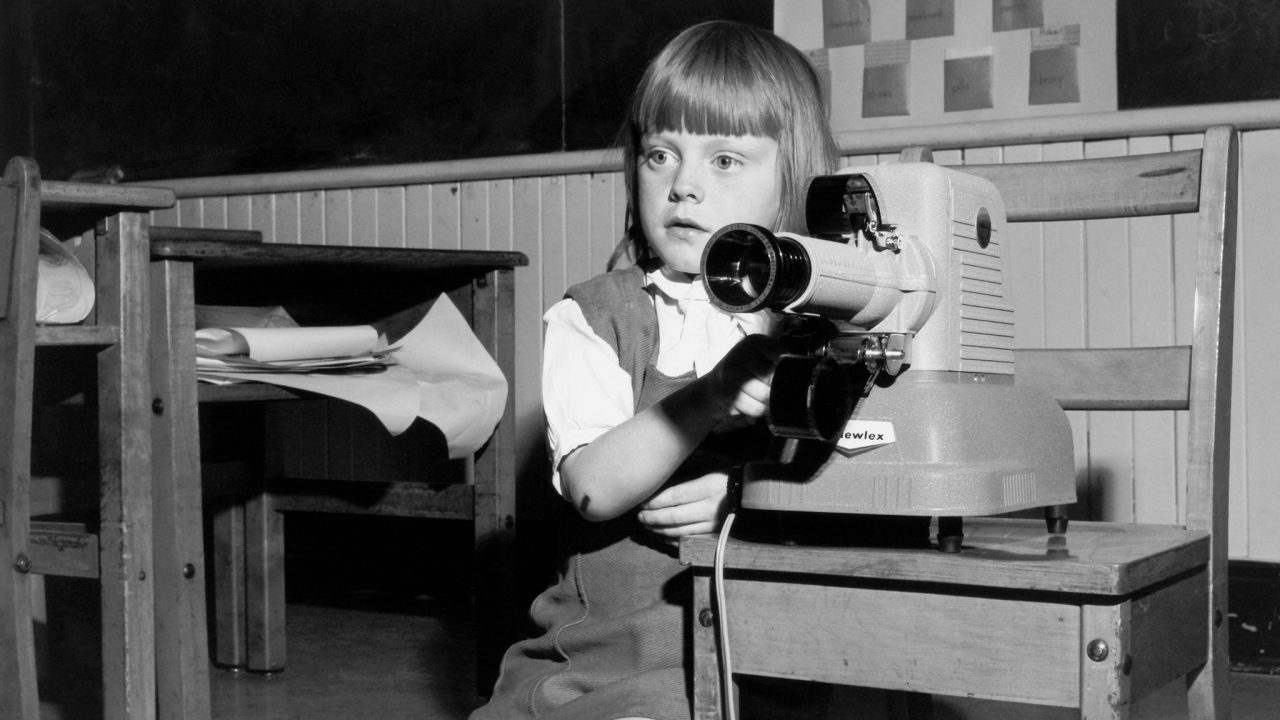
War & Peace
War & Peace
Text written by Sam Allison, a retired history teacher who has taught in secondary schools and at McGill University. He is currently Vice Chairman of the Jeannie Johnston Educational Foundation.
The NFB’s War and Peace Playlist can be shaped by teachers to suit their specific needs. These films can help students think about the topics of war and peace while providing evidence to back up their opinions. As a teacher, I often used NFB films for my own particular aims, such as stimulating debate about subjects like conscription or the use of animals in war. These films can serve to vividly illustrate the reality of combat; the image of a dead horse in wartime, for example, can have an enormous impact on students. After viewing this image, during class debates no student ever voted for the conscription of horses during WWI (though virtually all voted for the conscription of men).
The horrific impact of war, past and present, is conveyed in a sensitive manner in films such as Aftermath of War and The Van Doos in Afghanistan. Writing and language are also featured prominently in many of these video clips: diaries and letters home, obituaries, propaganda, media reports, posters and slogans are ubiquitous. (See the “Teaching Materials” section of the NFB website Images of a Forgotten War.) The moving stories of Italian Canadians (Barbed Wire and Mandolins), Chinese Canadians (Unwanted Soldiers) and Canadian women (Rosies of the North) are rich sources of writing as well, in addition to showing the different perspectives of Canadians in WWII, continuity and change in Canadian society, and ethical dilemmas created by the pressures of war.
Educators should set the scene before viewing these clips so that students can understand their significance to audiences of the time. Give the students specific questions to consider as they watch the films. Even the recent past is a foreign country to some students, who may not be aware, for instance, that it’s only recently that significant numbers of women have become doctors, lawyers and engineers. Ask students to think about why Rosie’s work was important for the war effort, rather than simply telling them she made airplanes. Remind students that wars have always been turning points for Canadian society (e.g., women won the right to vote in WWI, the baby bonus in WWII). The understanding of war and peace as forces that have shaped society crosses subject boundaries. (For a valuable resource on historical thinking, see <historicalthinking.ca/concepts>, and explore additional Canadian teaching resources on the subject of war history at <archives.cbc.ca/war_conflict/>.)
The NFB’s The Strangest Dream has a powerful message for students. It emphasizes the dangers of war in the nuclear age and also promotes role models who made a difference to the cause of peace. Ethical judgements about weapons of mass destruction, and the fear that they can fall into the “wrong hands,” are hot topics. Teachers can use the NFB’s War and Peace Playlist to explore such vital and current issues.



